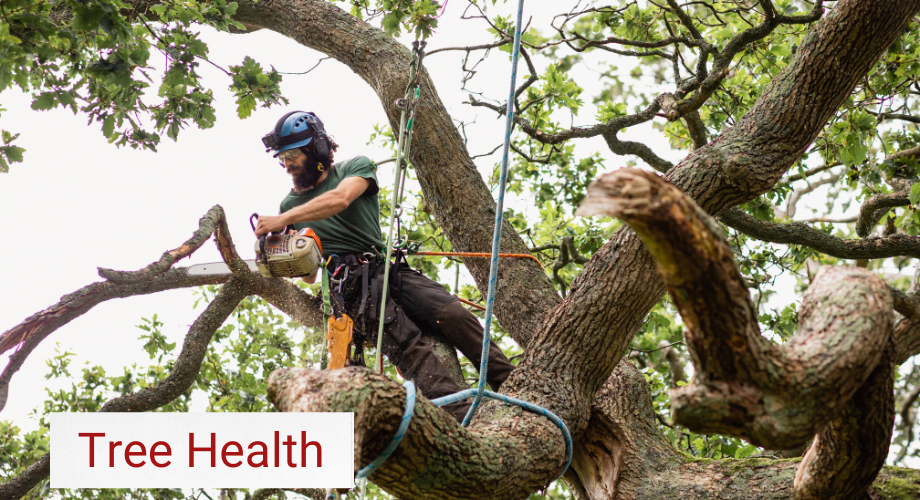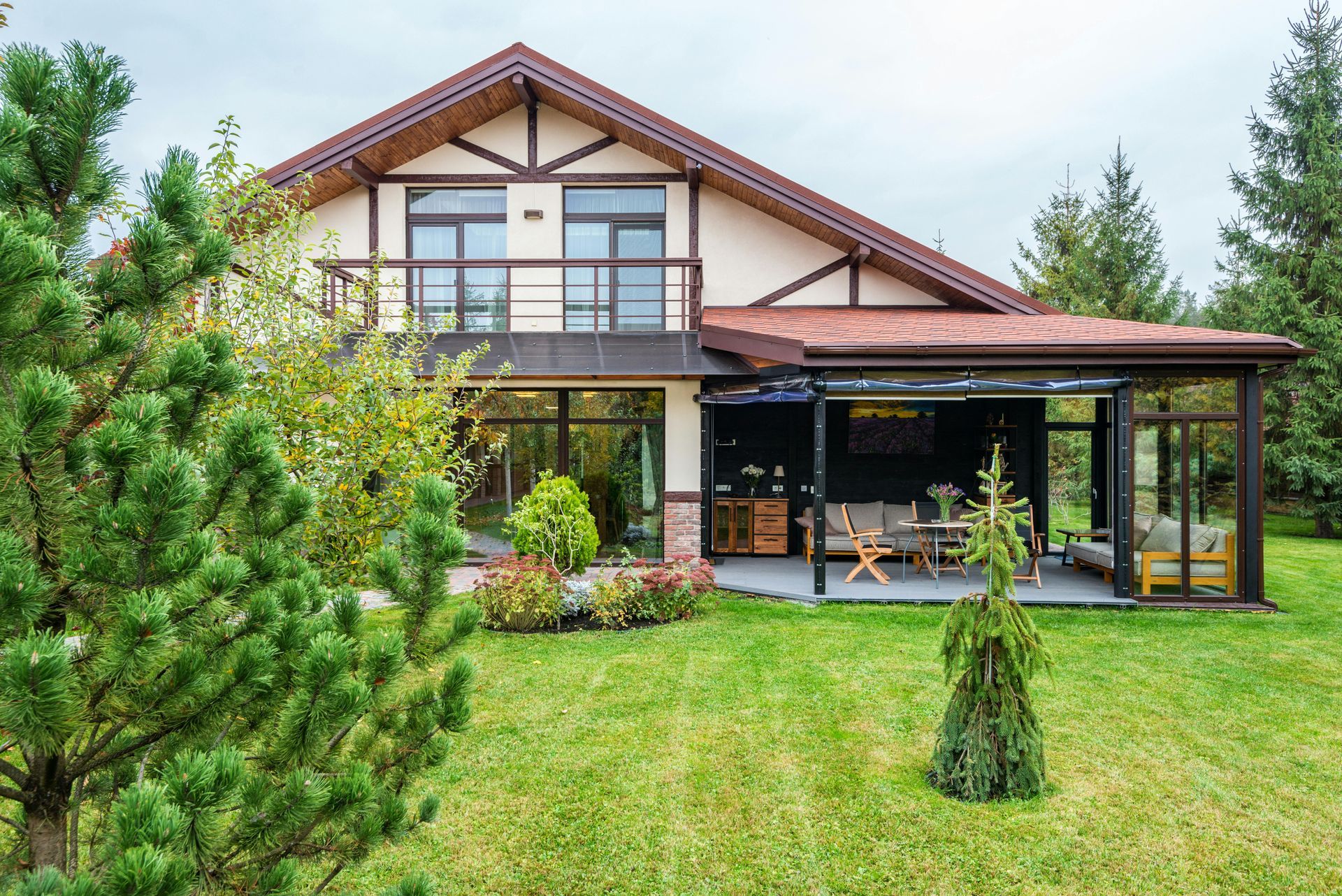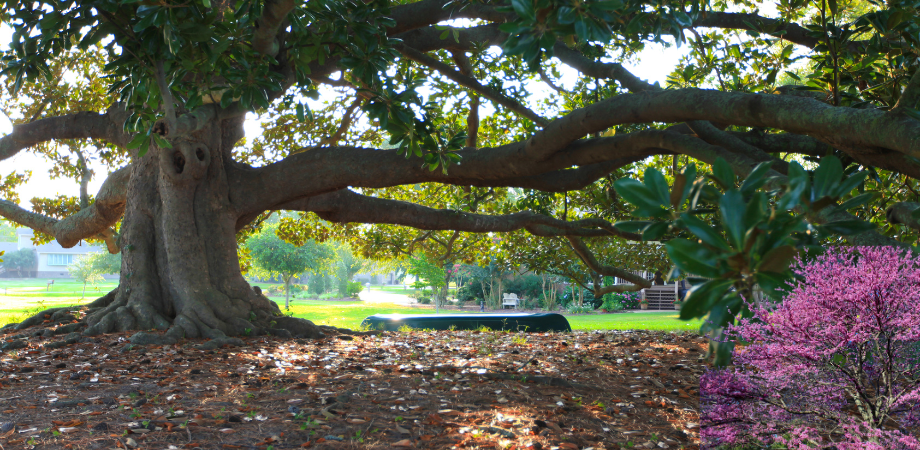The Benefits of Tree Pruning for Your Property and Tree Health

When it comes to maintaining your property, trees often don’t get the spotlight they deserve. But your trees are more than just part of the landscape; they enhance the aesthetic, safety, and even the value of your home. Tree pruning, a methodical trimming process, is key to achieving this balance between beauty and functionality. Here are five ways tree pruning can enhance both your property value and the health of your trees.
1. Improves Curb Appeal and Aesthetic
Think of your trees as a natural frame for your property. Well-pruned trees instantly enhance the overall look of your home. By removing unruly branches, thinning out dense sections, or shaping the tree for balance, professional pruning gives a clean, polished appearance to your yard.
A home framed with well-maintained trees creates a positive first impression. Whether you're hosting guests or preparing to sell your home, a picture-perfect landscape can attract attention and admiration. Landscaping—and that includes tree care—has been shown to add as much as 20% to a property’s overall value.
2. Prevents Property Damage and Reduces Liability
Overgrown or weakened branches can easily turn into dangerous hazards, especially during storms or high winds. Falling branches may damage your home, car, or nearby power lines, creating costly repairs or liability issues.
Regular pruning helps eliminate these risks by removing dead or sickly branches before they fall. Additionally, pruning can improve airflow through the tree's canopy, reducing the chance of wind damage. By investing in tree care, you're not just protecting property; you're ensuring the safety of your family and community.
3. Promotes Tree Health and Longevity
Tree pruning isn't just about appearances. It’s also important for healthy growth. Removing dead, dying, or infected branches allows the tree to concentrate its energy on healthy limbs. This process rejuvenates the tree, making it stronger and less susceptible to pests or disease.
It’s not just about what you cut away but how you guide the tree’s growth. Strategic pruning directs the tree’s energy to grow in a balanced structure; this minimizes future maintenance and supports long-term health. For young trees especially, proper pruning at the right stages can set the foundation for decades of robust growth.
4. Allows More Sunlight and Air Circulation
Trees with overcrowded canopies can block sunlight from reaching your lawn, garden, or even your home. Dense tree growth also traps moisture, which can foster the growth of mold and fungus, both harmful to tree health.
Pruning opens up the canopy, allowing more sunlight and air circulation. This promotes a healthier lawn and allows nearby plants and shrubs to thrive. Your trees also benefit from this increased exposure, as proper air movement decreases the chance of fungal diseases or pest infestations.
5. Adds Perceived Landscaping Value to Buyers
If you're planning to sell your property, professional tree care isn’t something to overlook. Potential buyers place a premium on properties with well-maintained yards, and a neat, orderly landscape is often a make-or-break factor.
By pruning your trees, you heighten the overall landscape design. Buyers see mature, healthy, and properly-trimmed trees as a sign that the home has been cared for. On top of that, well-pruned trees cast more defined, soft shade, creating an inviting outdoor space that buyers will imagine themselves enjoying.
The Best Times to Prune Your Trees
It’s important to note that tree pruning isn’t just a one-size-fits-all task. The ideal time for pruning varies depending on the tree species, its health, and the desired results. Many trees benefit from pruning in late winter or early spring, as this is before new growth begins. Deadwood, however, can often be removed year-round as long as proper tools and techniques are used.
Consulting with a professional tree service is the best way to make sure timing and methods align for the healthiest trees.
Closing Thoughts
The benefits of tree pruning extend beyond aesthetics. It's a proactive step for maintaining the health of your trees while protecting and enhancing your property. Whether you’re looking to increase curb appeal or reduce potential hazards, the results of regular pruning speak for themselves. And when done by professionals, the investment in pruning yields long-term returns for both your home and its surrounding environment.
Frequently Asked Questions
How often should trees be pruned?
Most trees should be pruned every 3 to 5 years, though young trees or trees affected by disease or weather damage may require more frequent attention. Consult a professional arborist for a schedule tailored to your specific trees.
Can I prune my trees myself, or do I need a professional?
While small, accessible trees may be pruned by homeowners with the right knowledge and tools, larger or more mature trees should always be handled by professionals for safety and accuracy. Professional pruning makes sure that your tree is in health and avoids accidental damage or improper cuts.

Tim Costley
Tim Costley is the President of Superior Arbor Management, Inc. He has achieved the ISA Arborist Certification to provide the best possible tree care for S.A.M.’s customers.
*ISA Certified Arborist #SO-1925A
*ISA Tree Risk Assessment Qualification (TRAQ)
*ASCA (American Society of Consulting Arborist) Member



